How Long To Run Soaker Hose In Vegetable Garden
If you buy an item via links on this page, we may earn a commission. Our editorial content is not influenced by commissions. Read the full disclosure.
Keeping your garden watered effectively can be tough and time-consuming, can't it?
Whether you're new to gardening or trying to find a better way to care for your garden, you should consider soaker hoses.
They're easy to buy and make. Plus, they have a lot of benefits. If you're interested in learning more about soaker hoses as an irrigation system to determine if they're a good fit for your garden, you've come to the right place.
In this post, I'll tell you what a soaker hose is, how they work in your garden, and what their benefits and downfalls are.
If you're on the fence about soaker hoses, here's what you must know to make an informed decision:
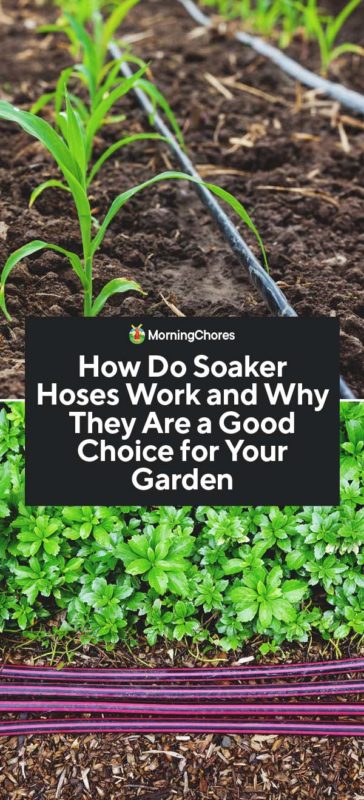
What Is a Soaker Hose and How Do They Work?
A soaker hose is a type of drip irrigation. The difference between soaker hoses and traditional drip irrigation systems is soaker hoses are mainly a hose or tubing with holes in it.
Now don't confuse it with an old hosepipe so full of holes it just leaks everywhere! They are meticulously crafted to ensure the holes are evenly spaced and all are the same size.
There are no emitters which allow for a more focused watering experience. The hoses lay on top of the ground and slowly drip water into the soil at a steady rate.
The water goes straight to the roots, which makes this an effective method of watering.
How to Install a Soaker Hose
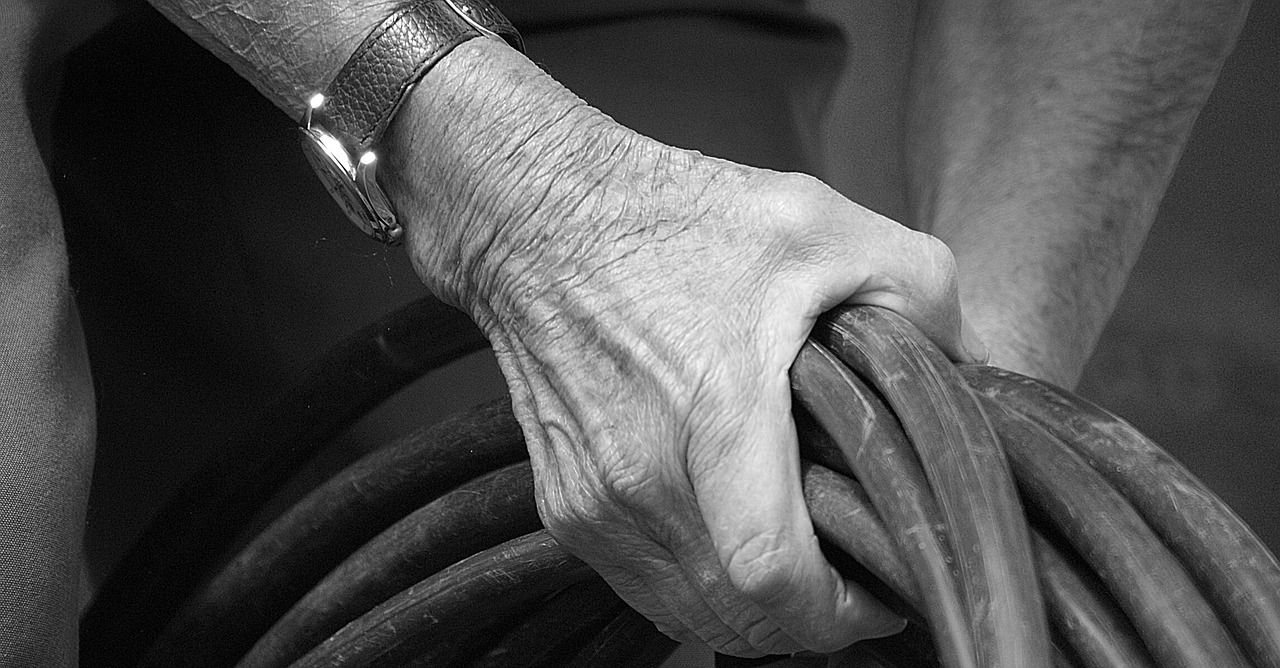
Installing soaker hoses in your garden is a straightforward process. Follow these few steps, and your garden should be watered in no time:
1. Appropriate Placing
There's no design when it comes to placing soaker hoses. When you purchase or make soaker hoses, you place them around your garden with the proper spacing.
It's essential to place the hoses with 1-2-feet of space between each set, and they should run parallel to the crops.
If you unwind your hoses and they're kinked, don't lay them out in the garden as is.
When they unkink, the spacing may change. Unroll the hoses out in the sun for a couple of hours, and that should work out the kinks because of the heat.
As the hoses take their natural shape, you can place them in the garden.
2. Secure the Hoses
Once the hoses have been placed properly, be sure to secure them with garden pins. This is important to keep the hoses in place.
However, this can also deter them from becoming hazards in your garden. If the hoses aren't secured, your foot could easily become entangled in them.
This could cause you to fall and be injured. Take the necessary precautions to make sure this doesn't happen.
3. To Cover or Not to Cover
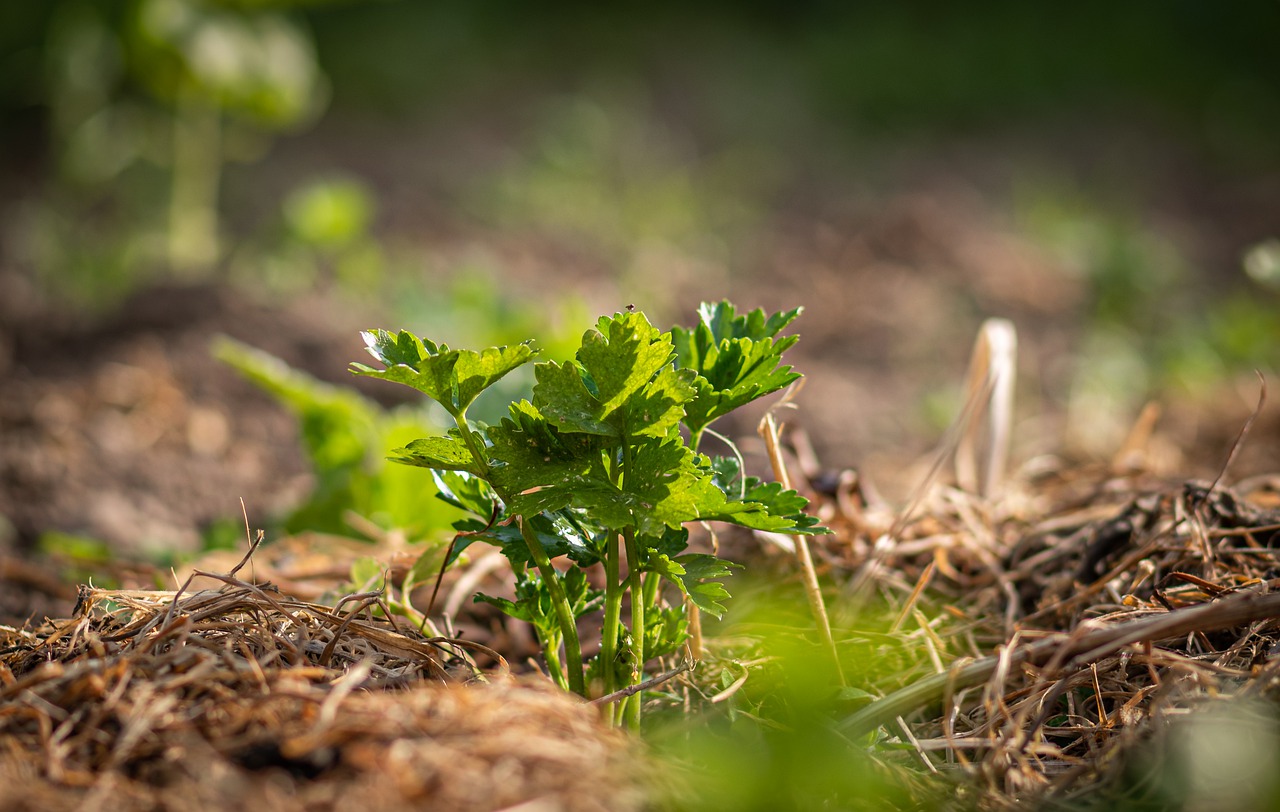
This last step is optional and one of personal preference. Some people will cover their soaker hoses with mulch.
By mulching the hoses, it stops them from being an eyesore in the garden, prevents stumbles, and helps to retain the moisture the hoses are giving.
Although, mulch can sometimes cause clogs in the hoses. Some people don't feel it's worth the extra headache and don't cover their hoses.
Again, this is a personal choice. Be sure if you do decide to cover the hoses, you only use mulch. Don't cover the hoses in soil because this will certainly clog the pores of the hoses.
Helpful Tips When Using Soaker Hoses
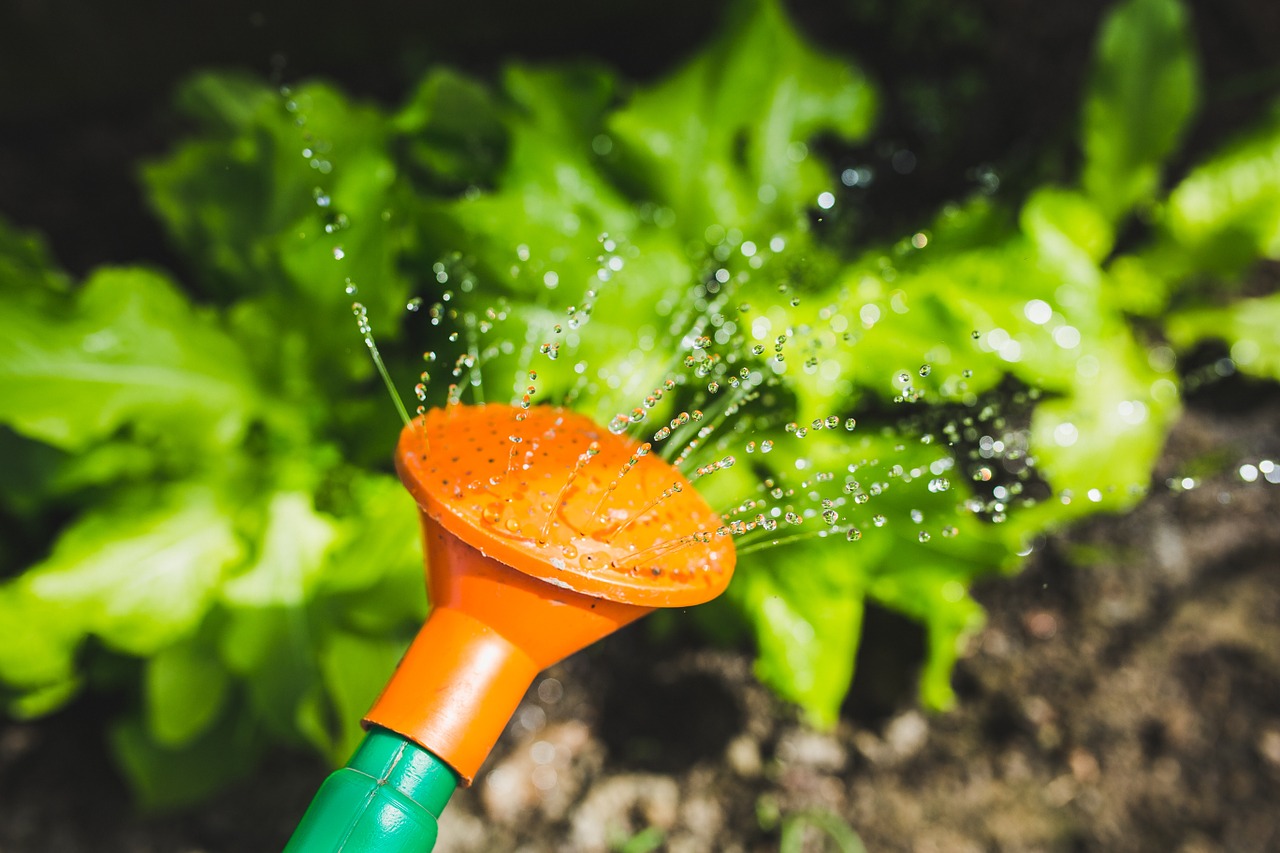
Though a soaker hose appears to be simple in installation and usage, there are a few tips which can help you to use them as a method to water your garden flawlessly:
1. Choose Specific Soaker Hoses
When making your own soaker hose, you may not have this option. Yet, if you have the option to use a soaker hose with a pressure regulator, this is the best option.
Pressure regulators control the amount of pressure that is forced through the hose. If too much force is pushed through the hose, it'll split.
If you don't have a soaker hose with a pressure regulator, be sure you turn the water on slowly to avoid too much pressure.
2. Water by Zone
When you connect multiple soaker hoses, the water will drip heavier out of the first hose than the subsequent hoses.
If possible, hook each section of the garden to separate hoses and water one zone at a time. If you can't, avoid putting too many hoses together.
By placing too many hoses together, some plants in your garden may not get watered because the water pressure will have diminished by the time it should have reached those plants.
3. Consistency Matters
It's important to water with a soaker hose in a specific way. The roots of plants will grow to where the hoses are.
Therefore, be sure to place the hoses in a consistent pattern around the plants. By doing this, you're stopping the plants from developing deformed roots.
Be sure to have long and slow watering sessions when using a soaker hose. This will help with root deformities as well.
The Pros of Soaker Hoses
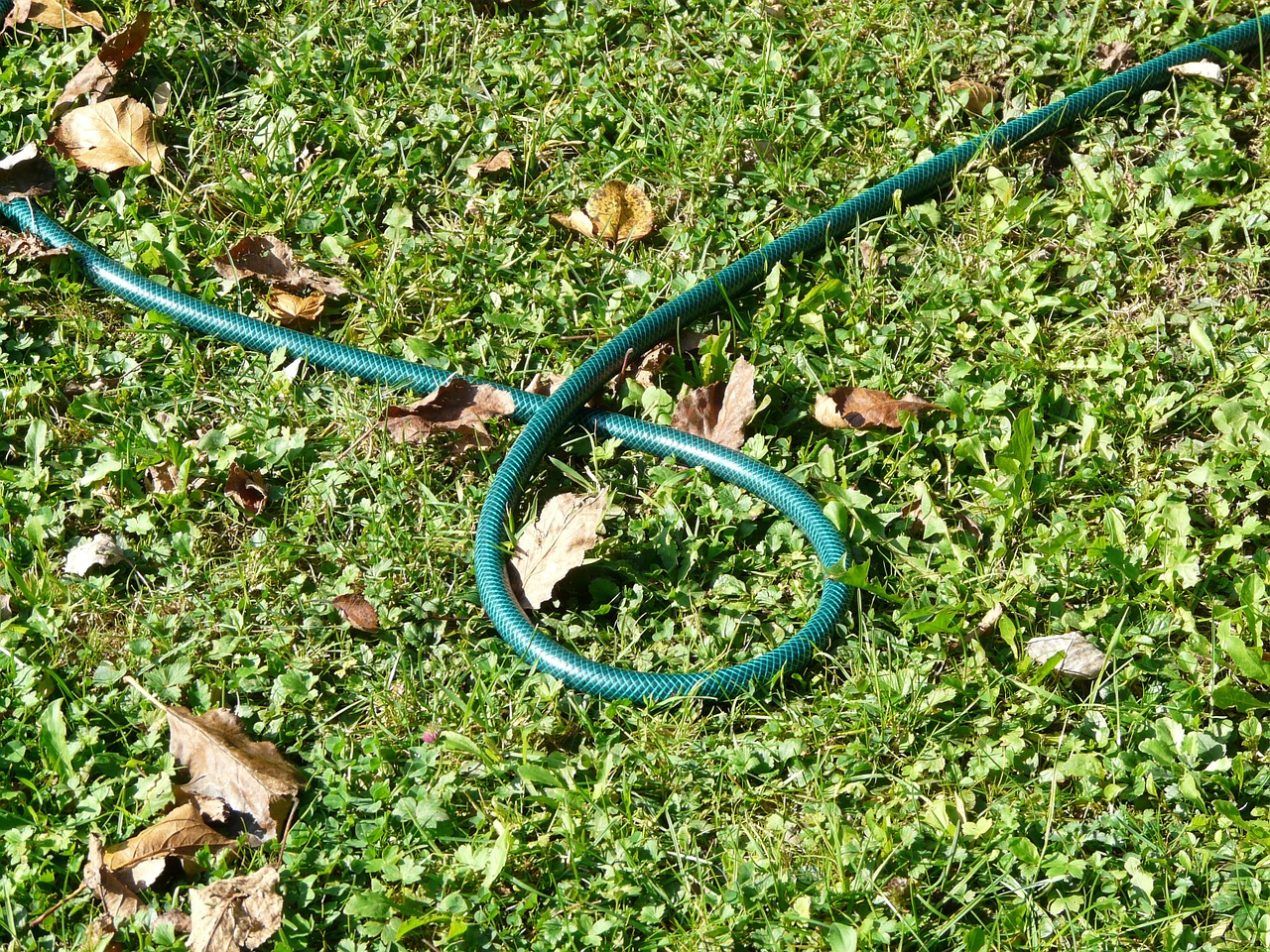
They have their advantages and disadvantages. It's important to know both sides to fairly consider whether they are the right option for you. Here are the pros of a soaker hose:
1. Cost Effective
In comparison to other irrigation systems, soaker hoses are extremely cost-effective. You can make them yourself or purchase them.
This makes them a viable option for almost every garden with any type of budget. If you need an affordable way to water your garden, a soaker hose is it.
2. Less Complex
They are easy to use. You don't need much (if any) instruction because the hoses are laid out in your garden and left alone.
If you're tired of systems that aren't worth the frustration they put you through when trying to install or utilize them, you're a prime candidate for a soaker hose.
3. Maintains Soil and Nutrients
When you flood your garden with water from overhead, it's common for certain areas to get too much water.
As this occurs, the soil will wash away along with the nutrients within the soil. By using a soaker hose, this problem is avoided.
4. No Weeds
If you choose alternative watering methods, water will go to other places besides the roots of the crops you intend to water.
This gives weeds a chance to germinate and thrive. By watering the plant roots directly, you stop the chance for weeds to develop throughout your garden.
5. Saves Gardener on Labor and Resources
We have large gardens, and they take a great deal of time to water by hand. If you're tired of watering your garden for extended periods of time, a soaker hose can save you on both time and energy.
Plus, the water isn't wasted. You use less water when using a soaker hose because it doesn't evaporate before making it to the roots. Therefore, it saves on resources.
6. Prevents Disease
When plants get watered overhead, the foliage gets wet. The longer the moisture stays on the plant, the more of a chance there is for a disease to flourish on the plant.
By reducing the amount of water that makes its way to the leaves of the plant, you're also reducing the chance for disease.
The Cons of Soaker Hoses
Though a soaker hose is easy to use and easy on your wallet, it does have a few drawbacks. Here's what you should be aware of before diving into a soaker hose system:
1. Lack of Convenience
Most drip irrigation systems have emitters. These emitters allow the water to be directed to the precise location they're meant to be at.
Soaker hoses don't have this option. Therefore, the water drains from them and goes in the general direction. If accuracy is your goal, a soaker hose isn't the fit.
2. More Maintenance
When typical drip irrigation systems break, there are multiple pieces that can be popped out and replaced.
With soaker hoses, because their design is simple, when they break…they break. Therefore, they must be treated with care to get longer use out of them.
They are a great tool for many gardens. They're easy to use, inexpensive, and can provide many benefits to the plants.
If you need to install an irrigation system, consider starting with them. They require little investment and are a great starting point for the gardener looking to lighten their load.
Was this article helpful?
Yes No
How Long To Run Soaker Hose In Vegetable Garden
Source: https://morningchores.com/soaker-hoses/
Posted by: stephenbuslow.blogspot.com

0 Response to "How Long To Run Soaker Hose In Vegetable Garden"
Post a Comment